30.5.15
The Selfish Giant by Oscar Wilde - video
Animated film of the story by Oscar Wilde. A giant, who finds children from the village playing in his beautiful garden, chases them away and builds a high wall around his estate. Then Spring leaves the garden and Winter returns and remains there permanently until the children manage to slip through a hole in the wall. Spring then returns. The giant mellows and allows the children to play in his garden whenever they want.
29.5.15
28.5.15
27.5.15
26.5.15
25.5.15
24.5.15
Question-Tags: grammar guide
We use question-tags to make statements and seek agreement from the listener. We form tag question from simple declarative sentences.
- We lost the game, didn't we?
- John went to school, didn't he?
- Jack and Jill didn't go up the hill, did they?
- He is a giant, isn't he?
- She can't swim, can she?
Negative Sentences
We form tag questions from negative sentences by copying the auxiliary verb used in the sentence to the sentence end in the positive form. Next we use the pronoun form of the subject of the sentence at the very end of the sentence.- John can't play tennis, can he?
- Mary won't go with us, will she?
- Jack and Jill aren't climbing hills anymore, are they?
- Jane did not eat her vegetables, did she?
- You and I aren't going on a date, are we?
Positive Sentences
We form tag questions from positive sentences by copying the auxiliary verb used in the sentence to the sentence end in the negative form. Next we use the pronoun form of the subject of the sentence at the very end of the sentence.- We are going to win, aren't we?
- John can dance very well, can't he?
- Mary will be here, won't she?
Sentences without Auxiliary Verbs
If there is no auxiliary verb, we use the appropriate tense form of DO in the negative form.- Jack and Jill brought us some water, didn't they?
- Jane likes vegetables, doesn't she?
To Contract or not To Contract
Optionally, we can choose not to contract the auxiliary verb with NOT. The order of the words in a non-contracted tag is 1st the auxiliary verb followed by the subject pronoun and finally NOT.- We are going to win, are we not?
- John can dance very well, can he not?
- Jack and Jill brought us some water, did they not?
- Jane likes vegetables, does she not?
- Mary will be here, will she not?
23.5.15
22.5.15
21.5.15
20.5.15
17.5.15
16.5.15
15.5.15
14.5.15
13.5.15
11.5.15
Question-Tags - information

Question-Tags are something like negative questions. They
are used when someone thinks he or she knows an answer
and wants confirmation. There are two very commonly used
types of Question-Tags--one made from affirmative ( + )
sentences, the other made from negative ( - ) sentences:
He's from Italy, isn't he? /
He isn't from Italy, is he?
She's living in London, isn't she? /
She isn't living in London, is she?
There were at the party, weren't they? /
They weren't at the party, were they?
She speaks Estonian, doesn't she? /
She doesn't speak Estonian, does she?
He had a good time, didn't he? /
He didn't have a good time, did he?
She's lived here a long time, hasn't she? /
She hasn't lived here a long time, has she?
They'd left when you arrived, hadn't they? /
They hadn't left when you arrived, had they?
He can help us, can't he? /
He can't help us, can he?
etc.
|
____________________________________________________
Intonation
Statements are normally said with falling intonation. Yes / No
questions are normally said with rising intonation. The intonation of tag endings is different from both of these.
In Question-Tags, the tag endings (for example, isn't he?, is he?,
hadn't they?, can he? ) have two different intonations:
The intonation (falling / rising) of the tag endings is in addition
to the intonation of the statement to which the tag ending is attached. This means that after the normal intonation (falling) of the statement, there will be the intonation of the tag ending (falling or rising):
Question 4 is difficult,
Question 4 is difficult,
The falling or rising intonation of the tag endings communicates different information. |
Tag Endings
with
Falling Intonation
When someone asks a Question-Tags and the question tag as falling
intonation, the person who asks the questions is fairly sure that the statement before the tag ending is correct. Because the person asking the question is not 100% sure, however, he or she still wants confirmation.
Example:
I think a question is difficult and want to know if you feel the
same way, so I say
Q: Question 4 is difficult,
A: Yes, it's difficult. / No, it isn't difficult. / I don't know.
Q: Question 4 isn't difficult,
A: Yes, it's difficult. / No, it isn't difficult. / I don't know. |
Tag Endings
with
Rising Intonation
When someone asks a Question-Tag and the tag has rising
intonation, the person who asks the question is much less sure that the statement before the tag ending is correct. However, he or she still wants confirmation:
Example:
I think I have the answer for question 4 but am not very sure.
I want to see if you agree with me (or if you will tell me what the answer is), so I say
Q: Question 4 is difficult,
A: Yes, it's difficult. / No, it isn't difficult. / I don't know.
Q: Question 4 isn't difficult,
A: Yes, it's difficult. / No, it isn't difficult. / I don't know.
____________________________________________________
Remember:
The answers for Question-Tags are the true answers. They may
or may not be the expected answers.
Examples:
Q: Dave Sperling isn't married, is he?A: Yes, he's married. His wife's name is Dao.
Q: Dave Sperling has two sons, doesn't he?A: No. He has one son and one daughter.
|
9.5.15
8.5.15
7.5.15
6.5.15
5.5.15
The British Royal Family - line of succession
Prince of Wales
Born: 1948
 The Prince of Wales is the Queen’s eldest son and first in line to the throne. On 29 July 1981 he married Lady Diana Spencer, who became the Princess of Wales. The couple had two sons, William and Harry. They later separated and their marriage was dissolved in 1996. On 31 August 1997 the Princess was killed in a car crash in Paris. Prince Charles married Camilla Parker Bowles on 9 April 2005.
The Prince of Wales is the Queen’s eldest son and first in line to the throne. On 29 July 1981 he married Lady Diana Spencer, who became the Princess of Wales. The couple had two sons, William and Harry. They later separated and their marriage was dissolved in 1996. On 31 August 1997 the Princess was killed in a car crash in Paris. Prince Charles married Camilla Parker Bowles on 9 April 2005.Duke of Cambridge
Born: 1982
 Prince William is the eldest son of the Prince of Wales and Diana, Princess of Wales. The Duke was 15 years old when his mother was killed in a Paris car crash. He went on to study at St Andrews University, where he met his future wife, Kate Middleton. The couple were married in 2011. On his 21st birthday he was appointed a Counsellor of State – standing in for the Queen on official occasions. He and his wife had their first child, George, in July 2013.
Prince William is the eldest son of the Prince of Wales and Diana, Princess of Wales. The Duke was 15 years old when his mother was killed in a Paris car crash. He went on to study at St Andrews University, where he met his future wife, Kate Middleton. The couple were married in 2011. On his 21st birthday he was appointed a Counsellor of State – standing in for the Queen on official occasions. He and his wife had their first child, George, in July 2013.Prince George of Cambridge
Born: 2013
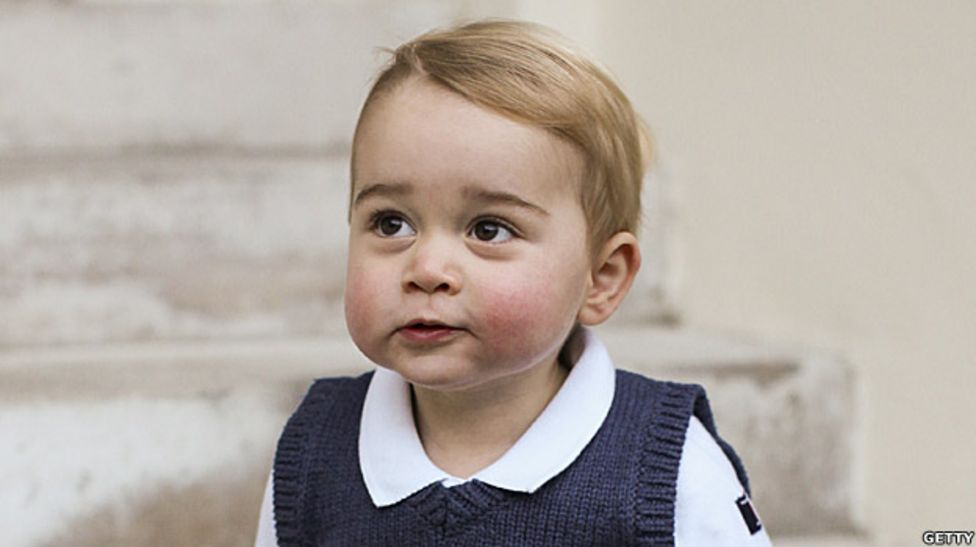 Prince George of Cambridge, was born at 16:24BST on Monday 22 July, 2013, at St Mary's hospital in west London. Prince William was present for the birth of his son, who weighed 8lb 6oz. Prince George is third in line to the throne, after his father and grandfather. His full name, George Alexander Louis, was announced two days after his birth.
Prince George of Cambridge, was born at 16:24BST on Monday 22 July, 2013, at St Mary's hospital in west London. Prince William was present for the birth of his son, who weighed 8lb 6oz. Prince George is third in line to the throne, after his father and grandfather. His full name, George Alexander Louis, was announced two days after his birth.Princess Charlotte of Cambridge
Born: 2015
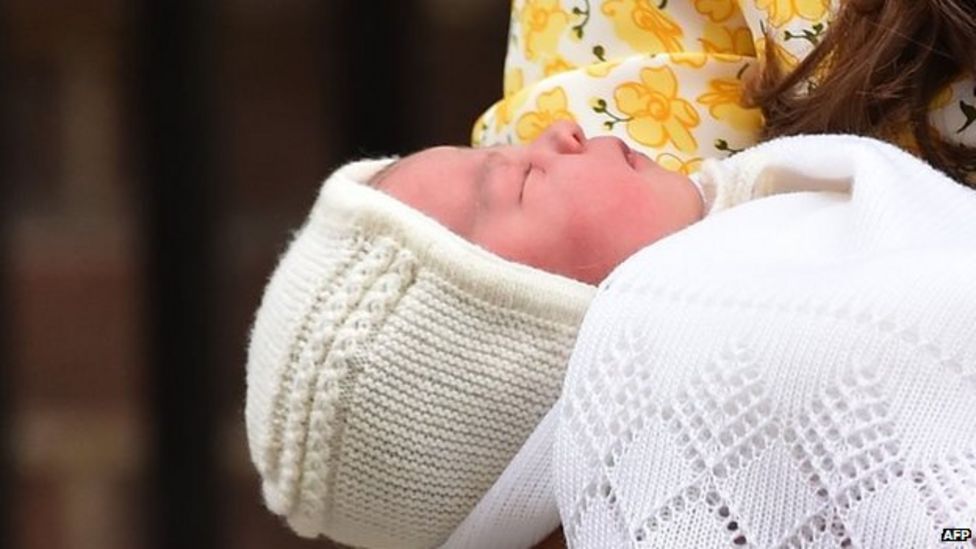 The Duchess of Cambridge gave birth to their second child, a baby girl, at 08:34 BST (07:34 GMT) on 2 May at St Mary's Hospital in London. The Duke of Cambridge was present for the birth of the 8lbs 3oz (3.7kg) baby. On 4 May Kensington Palace announced that the duke and duchess had named her Charlotte Elizabeth Diana. She is fourth in line to the throne and will be known as Her Royal Highness Princess Charlotte of Cambridge.
The Duchess of Cambridge gave birth to their second child, a baby girl, at 08:34 BST (07:34 GMT) on 2 May at St Mary's Hospital in London. The Duke of Cambridge was present for the birth of the 8lbs 3oz (3.7kg) baby. On 4 May Kensington Palace announced that the duke and duchess had named her Charlotte Elizabeth Diana. She is fourth in line to the throne and will be known as Her Royal Highness Princess Charlotte of Cambridge.Prince Harry
Born: 1984
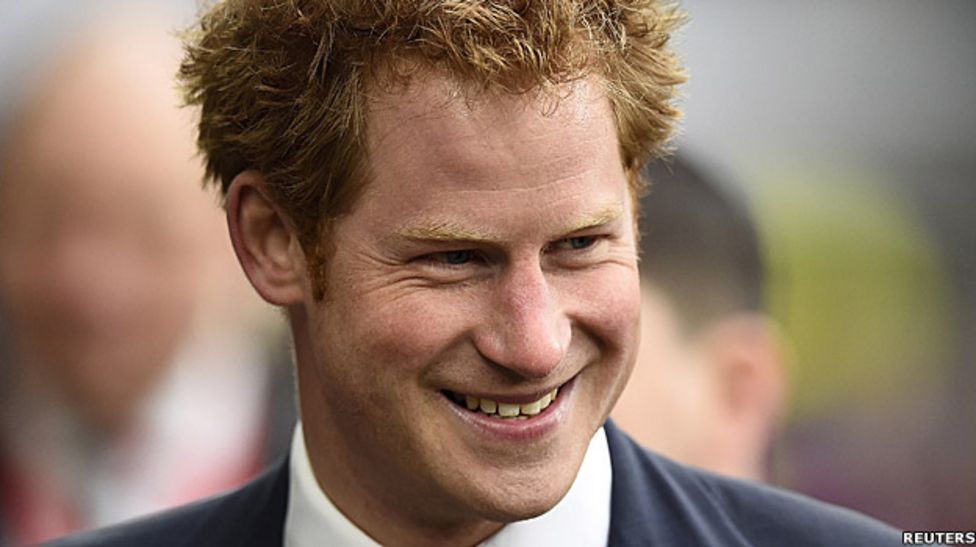 Prince Harry trained at the Royal Military Academy Sandhurst and went on to become a Lieutenant in the British Army, serving as a helicopter pilot. He has been a Counsellor of State since his 21st birthday, standing in for The Queen on official duties.
Prince Harry trained at the Royal Military Academy Sandhurst and went on to become a Lieutenant in the British Army, serving as a helicopter pilot. He has been a Counsellor of State since his 21st birthday, standing in for The Queen on official duties.Prince Andrew, Duke of York
Born: 1960
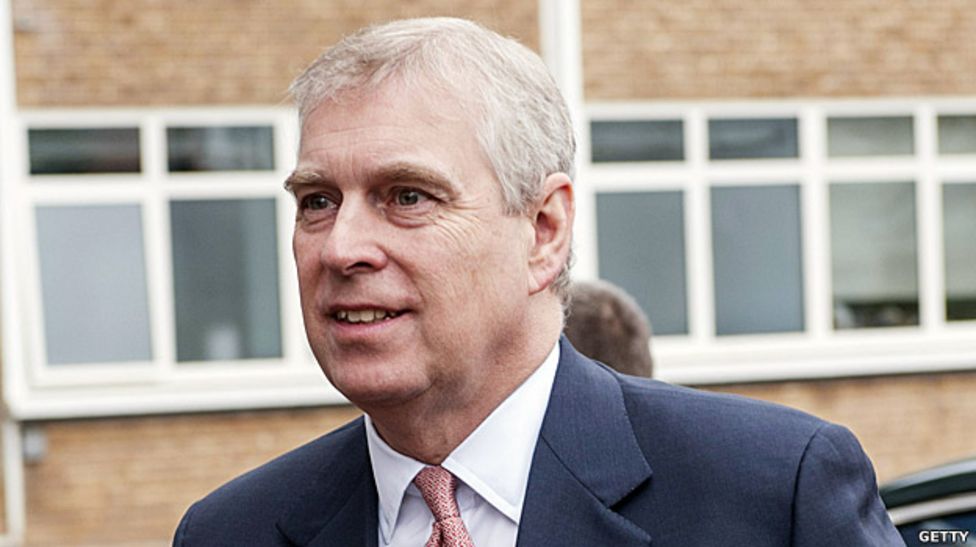 Prince Andrew was the third child of the Queen and Duke of Edinburgh – but the first to be born to a reigning monarch for 103 years. He was created the Duke of York on his marriage to Sarah Ferguson, who became Duchess of York. They had two daughters - Beatrice was born in 1988 and Eugenie in 1990. In March 1992 it was announced that the duke and duchess were to separate and they divorced in 1996.
Prince Andrew was the third child of the Queen and Duke of Edinburgh – but the first to be born to a reigning monarch for 103 years. He was created the Duke of York on his marriage to Sarah Ferguson, who became Duchess of York. They had two daughters - Beatrice was born in 1988 and Eugenie in 1990. In March 1992 it was announced that the duke and duchess were to separate and they divorced in 1996.Princess Beatrice
Born: 1988
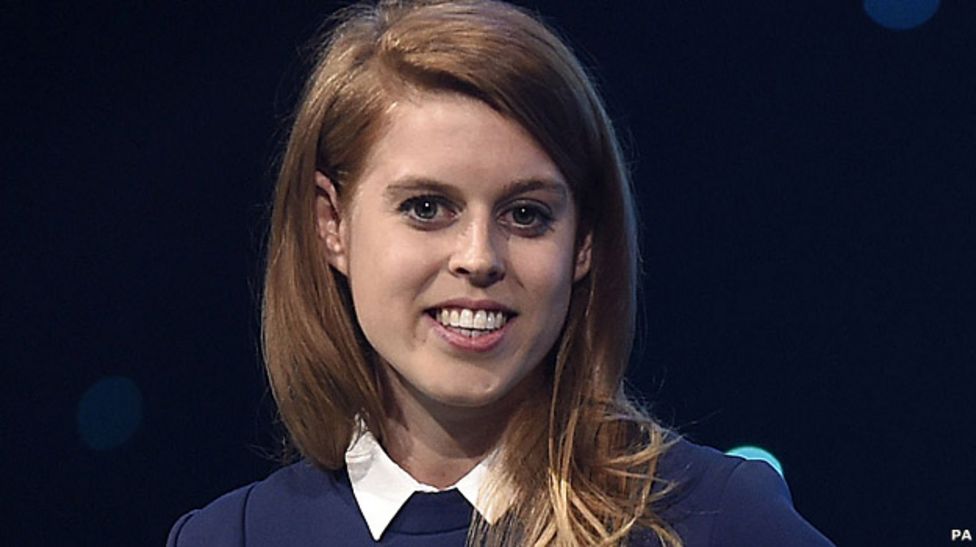 Princess Beatrice is the elder daughter of Prince Andrew and Sarah, Duchess of York. Her full title is Her Royal Highness Princess Beatrice of York. She has no official surname, but uses the name York. If she marries, she will retain her royal title, but will have the option of taking her husband’s surname.
Princess Beatrice is the elder daughter of Prince Andrew and Sarah, Duchess of York. Her full title is Her Royal Highness Princess Beatrice of York. She has no official surname, but uses the name York. If she marries, she will retain her royal title, but will have the option of taking her husband’s surname.Princess Eugenie
Born: 1990
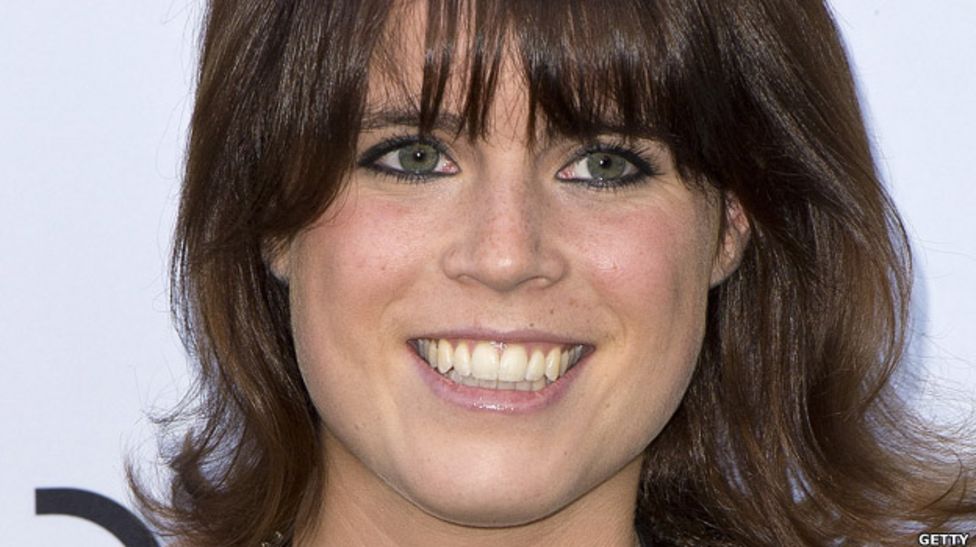 Princess Eugenie is the younger daughter of Prince Andrew and Sarah, Duchess of York. Her full title is Her Royal Highness Princess Eugenie of York. Like her sister Princess Beatrice, she has no official surname, but uses the name York. If she marries, she will retain her royal title, but will have the option of taking her husband’s surname.
Princess Eugenie is the younger daughter of Prince Andrew and Sarah, Duchess of York. Her full title is Her Royal Highness Princess Eugenie of York. Like her sister Princess Beatrice, she has no official surname, but uses the name York. If she marries, she will retain her royal title, but will have the option of taking her husband’s surname.Earl of Wessex
Born: 1964
 Prince Edward was given the title Earl of Wessex and Viscount Severn on his marriage to Sophie Rhys-Jones in 1999. The couple have two children, Lady Louise, born in 2003 and James, Viscount Severn, born in 2007.
Prince Edward was given the title Earl of Wessex and Viscount Severn on his marriage to Sophie Rhys-Jones in 1999. The couple have two children, Lady Louise, born in 2003 and James, Viscount Severn, born in 2007.James, Viscount Severn
Born: 2007
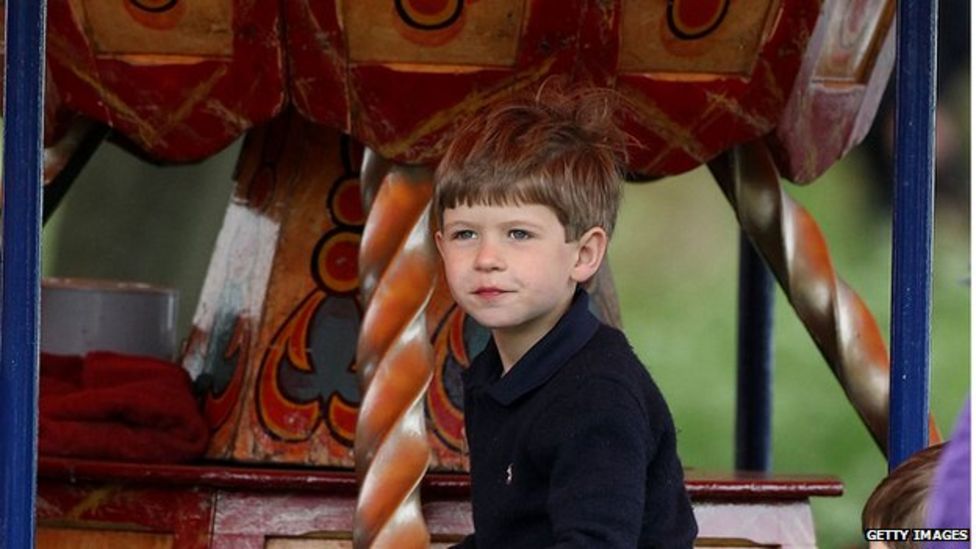 Viscount Severn is the youngest child of the Earl and Countess of Wessex. The couple decided to give their children the courtesy titles as sons or daughters of an Earl, rather than the style prince or princess. It is thought this decision was made to avoid some of the burdens of royal titles.
Viscount Severn is the youngest child of the Earl and Countess of Wessex. The couple decided to give their children the courtesy titles as sons or daughters of an Earl, rather than the style prince or princess. It is thought this decision was made to avoid some of the burdens of royal titles.Lady Louise
Born: 2003
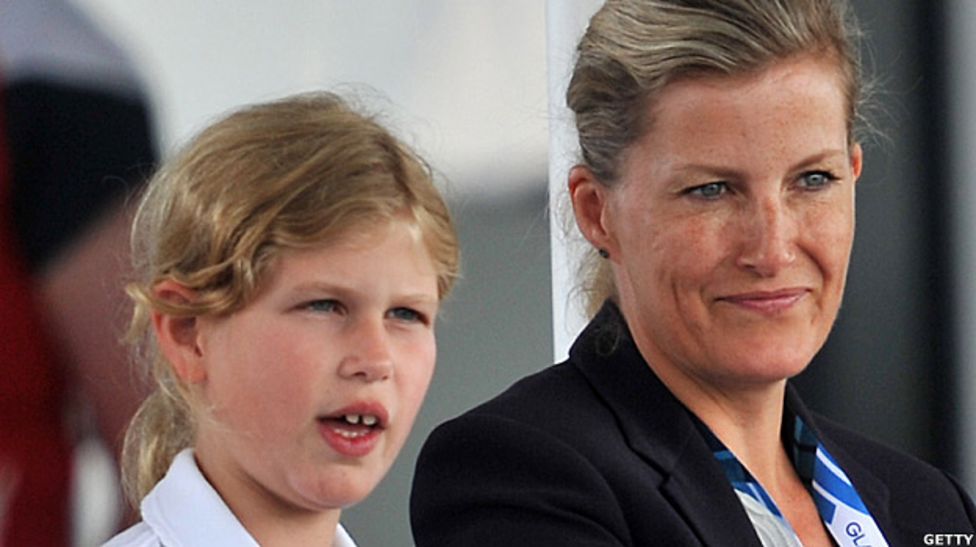 Lady Louise Windsor is the eldest child of the Earl and Countess of Wessex. The couple decided to give their children the courtesy titles as sons or daughters of an Earl, rather than the style prince or princess. It is thought this decision was made to avoid some of the burdens of royal titles.
Lady Louise Windsor is the eldest child of the Earl and Countess of Wessex. The couple decided to give their children the courtesy titles as sons or daughters of an Earl, rather than the style prince or princess. It is thought this decision was made to avoid some of the burdens of royal titles.Princess Royal
Born: 1950
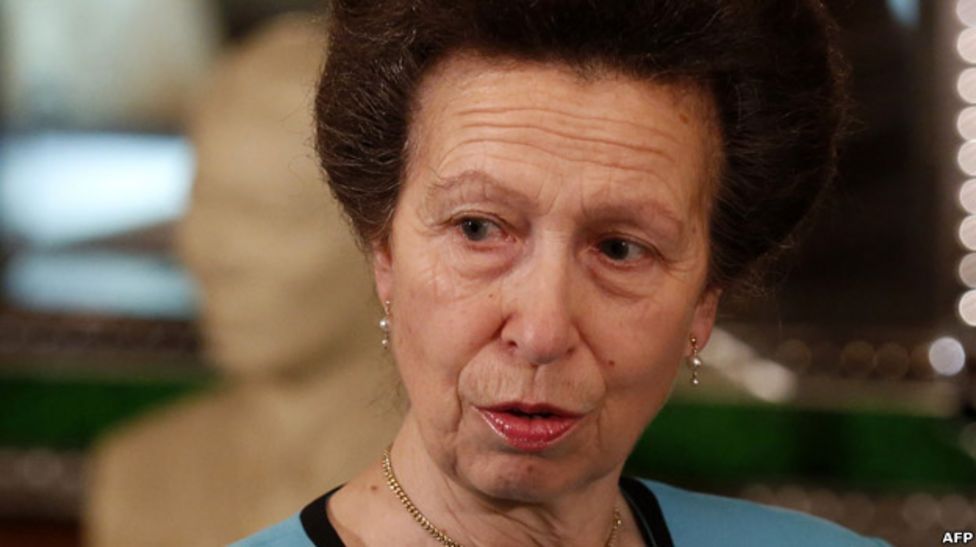 The Princess Royal is the Queen’s second child and only daughter. She was given the title Princess Royal in June 1987. Princess Anne has married twice; her first husband Captain Mark Phillips is the father of her two children, Peter and Zara, while her second husband is Vice-Admiral Timothy Laurence. The princess was the first royal to use the surname Mountbatten-Windsor in an official document, in the marriage register after her wedding to Captain Phillips.
The Princess Royal is the Queen’s second child and only daughter. She was given the title Princess Royal in June 1987. Princess Anne has married twice; her first husband Captain Mark Phillips is the father of her two children, Peter and Zara, while her second husband is Vice-Admiral Timothy Laurence. The princess was the first royal to use the surname Mountbatten-Windsor in an official document, in the marriage register after her wedding to Captain Phillips.Peter Phillips
Born: 1977
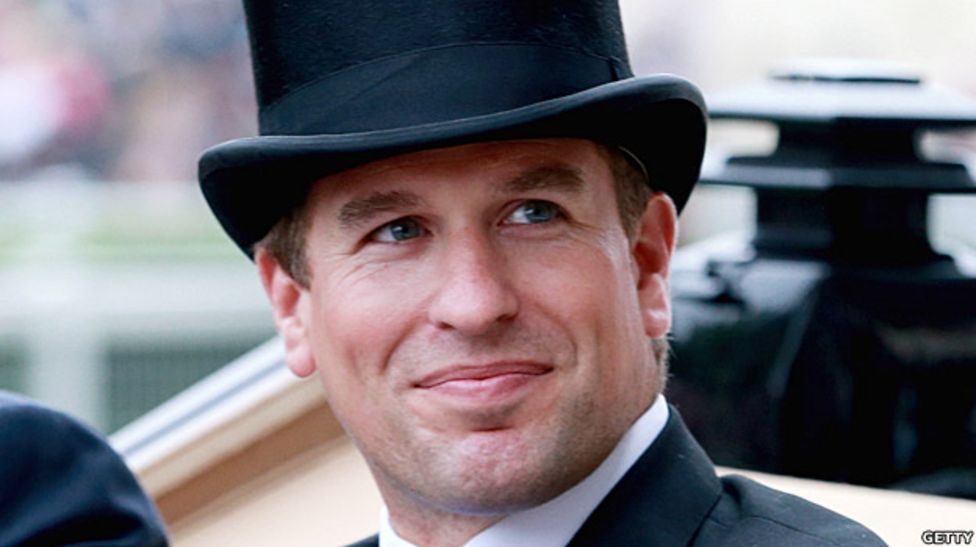 Peter Phillips is the eldest of the Queen’s grandchildren. He married Canadian Autumn Kelly in 2008 and together they have two daughters, Savannah, born in 2010 and Isla, born in 2012. The children of the Princess Royal do not hold any royal or noble title, as they are descended from the female line.
Peter Phillips is the eldest of the Queen’s grandchildren. He married Canadian Autumn Kelly in 2008 and together they have two daughters, Savannah, born in 2010 and Isla, born in 2012. The children of the Princess Royal do not hold any royal or noble title, as they are descended from the female line.Savannah
Born: 2010
Savannah is the eldest daughter of Peter and Autumn Phillips and the Queen's first great-grandchild.Isla
Born: 2012
Isla is the second daughter of Peter and Autumn Phillips.Zara Tindall
Born: 1981
 Zara Tindall has followed her mother and father with a highly successful riding career – including winning a silver medal at the London 2012 Olympics. She married former England rugby player Mike Tindall in 2011 and the couple had their first child, Mia Grace, in 2014. The children of the Princess Royal do not hold any royal or noble title, as they are descended from the female line.
Zara Tindall has followed her mother and father with a highly successful riding career – including winning a silver medal at the London 2012 Olympics. She married former England rugby player Mike Tindall in 2011 and the couple had their first child, Mia Grace, in 2014. The children of the Princess Royal do not hold any royal or noble title, as they are descended from the female line.Mia Grace
Born: 2014
The Queen's granddaughter Zara Tindall gave birth in January to a baby girl weighing 7lbs 12oz.
Subscribe to:
Comments (Atom)





.bmp)



















